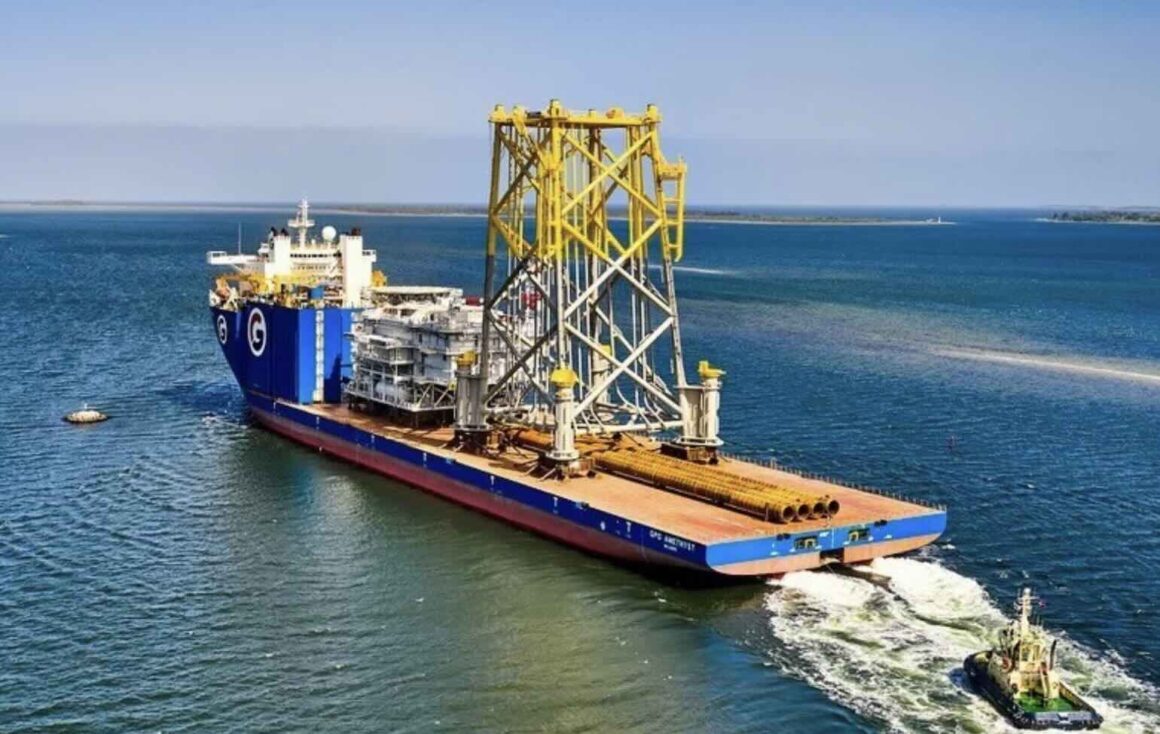One of the more remarkable aspects of the federal Coalition’s policy positions on energy and technology is their out of hand rejection of technologies that do actually exist, and their apparent blind faith in things which haven’t been invented yet.
The Nationals Senator Ross Cadell provided a case in point last month when successfully moving a motion for a Senate inquiry into how consultations for offshore wind zones were conducted.
He made a couple of pretty outlandish statements. The first was that “battery technology is not evolving.” This is in line with Coalition leader Peter Dutton’s contention that they don’t actually exist in any useful form.
That of course is nonsense, and just the Tesla energy division has a valuation of more than $240 billion, making it worth more than any Australian listed company.
Then he went on to say another whopper.“They (Labor) want to talk about things that don’t exist. Show me a floating offshore substation anywhere in the world. I know those on the other side cannot show me, because it does not exist.”

OK, so here is a picture of floating offshore substation. They do exist, even when you close your eyes. This one above is the substation for the first offshore wind farm in the US, being shipped out to its position. Offshore wind substations are common in Europe and elsewhere where offshore wind farms have been installed.
Then Cadell started talking about nuclear-fuelled hydrogen cars. The Coalition’s mistrust of electric vehicles is well established – they will, of course, ruin the weekend and won’t tow your boat, or your caravan, they say, even though they can. But Cadell wants us to be all in on nuclear-fuelled hydrogen cars.
Hydrogen cars are a technology developed by big auto and oil companies hoping they can replicate their current business models – making cars with complex technology that need constant repairs and maintenance, and keeping the infrastructure built by petrol retailers.
But they have not taken off. Last year, some 14 million electric vehicles were sold in the world, and just over 14,000 hydrogen fuel cell cars. One of the reasons for that is that EVs are so much more efficient, so they cost a lot less to build, and to fuel, or charge.
If hydrogen fuel cells were to compete, they would need to source very cheap power. But where that is available, EVs could use the very same power much more efficiently.
Enter Cadell with his idea of using the most expensive power source in the world, nuclear, and using that to make hydrogen so that it can then be put into cars powered by fuel cells.
“If we’re going down this hydrogen path for vehicles—and I think we will be using hydrogen—it doesn’t have to be green hydrogen,” he told the Senate earlier this month. “It can be hydrogen that comes from nuclear power plants when they’re always running. And you can have your Hyundai N74 car. We can have trains running on these things.”
Like the Coalition’s favoured small modular reactor technology, the Hyundai N-74 does not exist in commercial form. At least there are some prototypes of the hydrogen hybrid that were unveiled in 2022, and a lot of drawings, but no news about it since. Hyundai would not comment on where it’s at in terms of production timetables, if at all.
The design of the N-74 is based loosely around a 1970s Hyundai prototype, the Pony, that also never made it into full scale production. it must have been a favourite, or a lost opportunity, because the company has also based its popular Ioniq 5 battery EV on that same design. Don’t expect to see it on the market any time soon.

Giles Parkinson is founder and editor of The Driven, and also edits and founded the Renew Economy and One Step Off The Grid web sites. He has been a journalist for nearly 40 years, is a former business and deputy editor of the Australian Financial Review, and owns a Tesla Model 3.

